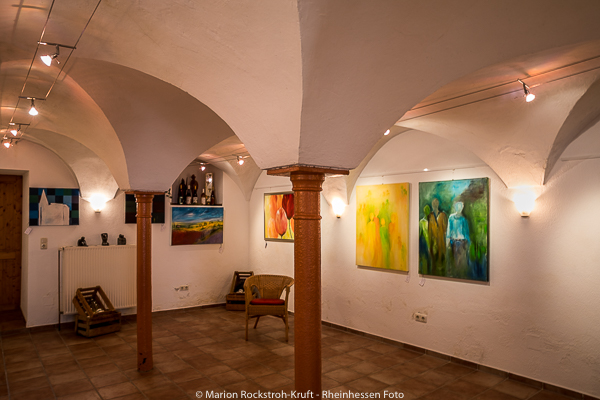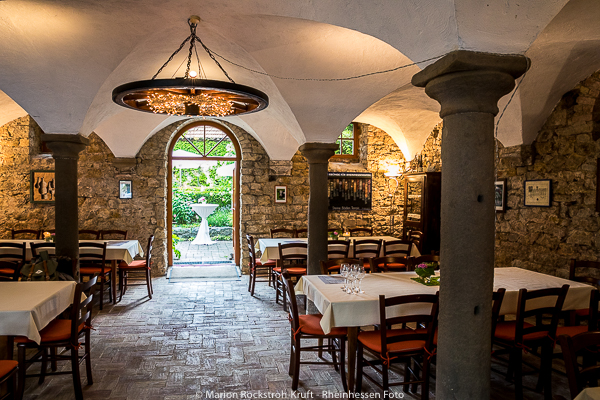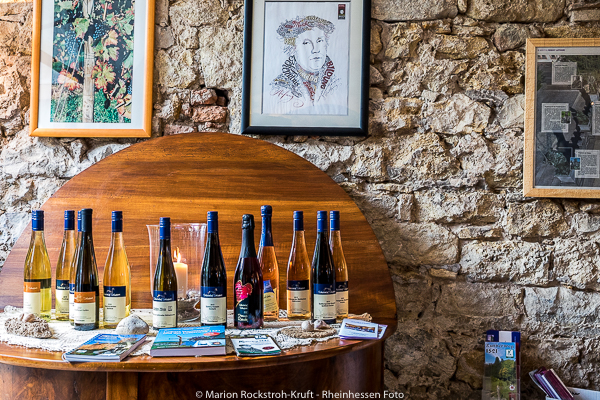Where to?
Yes – you read it right – to the “cow chapels”!
And what do you have to envision?
Wonderful wine vaults, which were formerly used as cattle sheds (mostly cows) – hence the name!
Every year the Interessengemeinschaft Rheinhessische Weingewölbe (Friends of wine vaults in Rheinhessen) organizes an open house day, which I enjoyed again this time.
Vinocamp Rheinhessen
We already got into the right mood for the event at the Vinocamp Rheinhessen, where we held sessions in the beautiful wine vaults of the Bayer-Bähr and Scherner-Kleinhanß wineries.

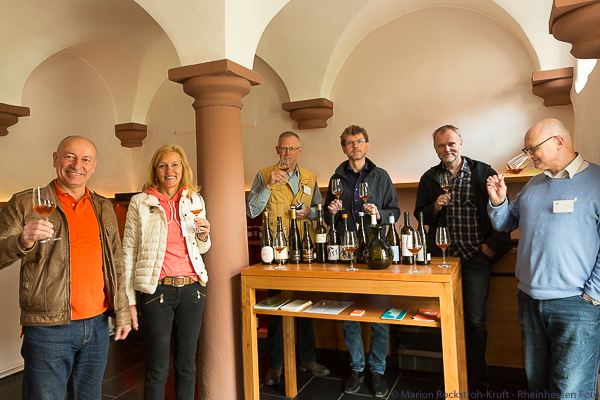
Historic excursion on “Cow Chapels”
Let’s start with a short excursion into history
Until about 1800 most of the stables were built in half-timbered construction. Due to the beginning intensification of cattle breeding, however, this posed an increased risk of fire, due to the evaporation and excrements of the animals, as well as the straw stored above. Such a fire naturally threatened the existence of the farm. For this reason, the “Agricultural Association”, founded by the Grand-Ducal-Hessian government and with the task of modernising the agricultural economy, recommended a new type of building – made of stone and based on sacred elements. The master church builder Franz Ostermeyer from the Palatinate erected the first “cow chapels” in Rheinhessen and trained about 50 master masons in his art until the second half of the 19th century. Cattle in sacred buildings, Rheinhessen already knew this from the Napoleonic period 🙂
The local conditions support the building activities accordingly, because sandstone and quarry stones were available in sufficient quantities and directly in front of the doorstep, in the local quarries. It was not until the middle of the 19th century that the sandstone columns were replaced by the more modern iron columns. At the end of the century, technical progress in building with the new cap ceilings replaced the “chapel construction method”. Over the years, this resulted in the construction of around 300 cross vault stables in Rheinhessen.
I find today’s description “Rheinhessische Weingewölbe” (wine vaults) somewhat misleading, because when I first heard this term, I thought it was about cellar vaults.
Menger Winery, Eich
For this year, I had chosen four wineries that we wanted to visit on a small tour in the east of Rheinhessen.
We started with the Menger winery in Eich, which has another special feature besides its beautiful cow chapel.
The grape variety Malvesier – Martin Luther’s favourite wine – in the anniversary year in an extended range, from dry to noble sweet.
Schwanenhof Winery, Alsheim
Afterwards we drove so to speak “just around the corner” to the neighbouring Alsheim and stopped at the Schwanenhof winery. Here, too, delicacies in liquid and solid form awaited us 😉
I also found the garden next to the wine vault particularly pretty.
A perfect place to stay on a cosy Saturday afternoon in Rheinhessen.
The next stop was the gourmet service Danz in Guntersblum – unfortunately we were standing there, at the address given, in front of closed doors.
That’s too bad! Four becomes three 🙁
Paul Frank Winery, Nierstein
So let’s go on – to Nierstein to the Paul Frank winery. Here we found a cow chapel with iron pillars. According to the junior boss there are only two of them in the community of interest – a small rarity. I also found the small art exhibition by Uschi Sander from Nierstein very appealing.
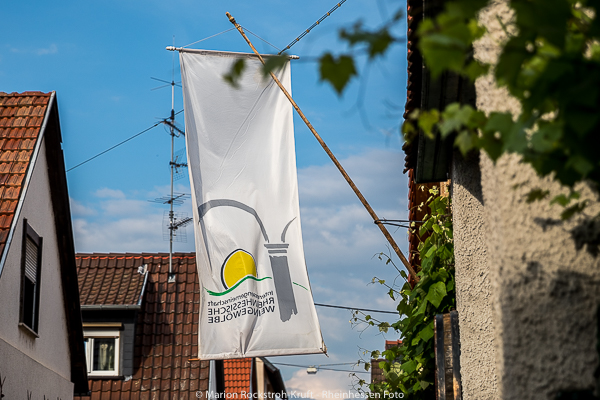
Conclusion
- it is great that there are still about 50 such cow chapels in Rheinhessen
- unfortunately I couldn’t find a website of the community of interests – but the good Frank Hamm has written an interview with Katrin Mohr from Weingut Wilmshof and a very detailed article here – for everyone who would like to read on – in German 😉
- there are many more great vaults to discover next time 🙂

